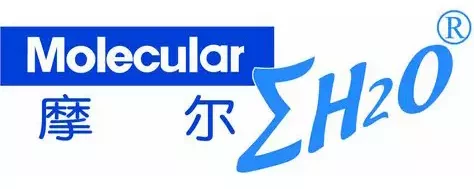Storage System
- Adopting a vertical stainless steel storage tank, the inner surface is polished with a roughness Ra<0.6 μ m to avoid the formation of biofilm
- Equipped with air breathing valves or electrically heated air breathing valves to regulate air pressure balance, protect the integrity of the water tank structure, and ensure water quality to prevent pollution
- The tank body needs to have natural drainage capability to reduce the risk of microbial growth
- Adopting a cyclic approach to maintain the dynamic flow of water quality and prevent stagnant water areas
- Periodic disinfection (such as ozone, ultraviolet or pasteurization) ensures controllable microbial load
Distribution System
01 Circulating pipeline design
The pipeline circulates throughout the entire process to avoid blind pipes and dead corners.
Using 316L stainless steel material, the welding area needs to be inspected with an endoscope to ensure smoothness and no residue.
02 Distribution unit
Adopting modular 3D design, customizing independent pipe networks according to water usage requirements, and setting up independent connection ports when multiple systems share storage tanks.
The delivery pump needs to maintain stable pressure, flow rate, and temperature to match peak water demand.
03 Water quality monitoring and guarantee
Real time online monitoring of resistivity (>0.5M Ω· cm) and microbial indicators.
Install ultraviolet or ultrafiltration devices near the terminal water point to reduce pollution risks.
Return Water Monitoring System
01 Ensure water quality stability and compliance
Real time monitoring of parameters such as return water flow rate and conductivity to ensure that water quality meets the standards of the Chinese Pharmacopoeia.
Quickly identify system leaks or blockages through abnormal flow rates (such as mismatched return and outlet flow rates) to avoid pollution risks.
02 Preventing and controlling the risk of microbial contamination
Maintain a flow rate of ≥ 1m/s at the return end to reduce microbial growth in the pipeline network and prevent biofilm formation.
The water quality monitoring data linkage disinfection system (such as ozone, ultraviolet, pasteurization) dynamically adjusts the sterilization cycle and controls the microbial load.
03 Optimize system operation efficiency
Monitoring flow changes to assist in evaluating the purification effect of the pipeline network, promptly clearing blockages or adjusting process parameters, and improving water treatment efficiency.
Automatic warning of water quality abnormalities (such as conductivity exceeding the standard) through correction function, avoiding emergency shutdown or delayed manual intervention.
04 Support regulations and quality management
The data recording and traceability function meets the verification requirements of GMP for purified water systems, ensuring production compliance.
Multi level permission management (such as operators and engineers) to prevent misoperation and ensure the safe operation of the system.
Get Free Quote
Please fill in the following form, we will respond your request in 24 hours.

